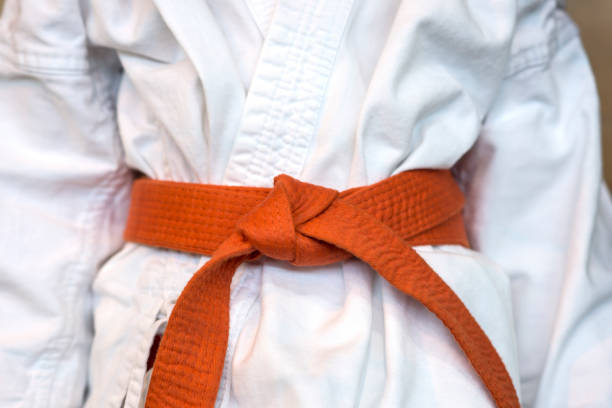At the top of the list of these misconceptions is the concept that the color-coding system originated from the old tradition. In fact, it only had its beginning in the late 19th century. It was first used by the man who founded judo.
This man was called Kano Jigoro. He devised the first system of colored belts using obi. Obi are wide belts that were also used with kimono.
First, only black and white belts were used. The expanded color grading system was first developed in the early 1900s.

Black Tokaido karate gi belts have their own set of myths. Some assume that the color black denotes a teacher's skill level. However, there are usually many levels in the black belt. Instead of denoting true mastery, it is often more accurately described as having a mastery of basic skills. In this sense, getting this belt buckle is more like the start of a tour than the grand finale.
It is not always true that the highest level is even black. Depending on the particular martial arts style as well as the organization of special training, higher levels of ability may be denoted in black or gold or alternately red and white.

However, this theory has been widely discredited. It is known that progression in ancient martial arts has been rewarded with certificates. In addition, cleaning has been a traditional standard for fitness centers. In fact, dirty karate belts are more likely to result in punishment.
No comments:
Post a Comment